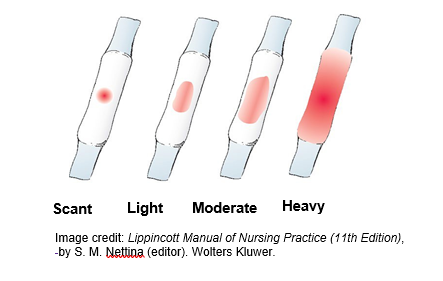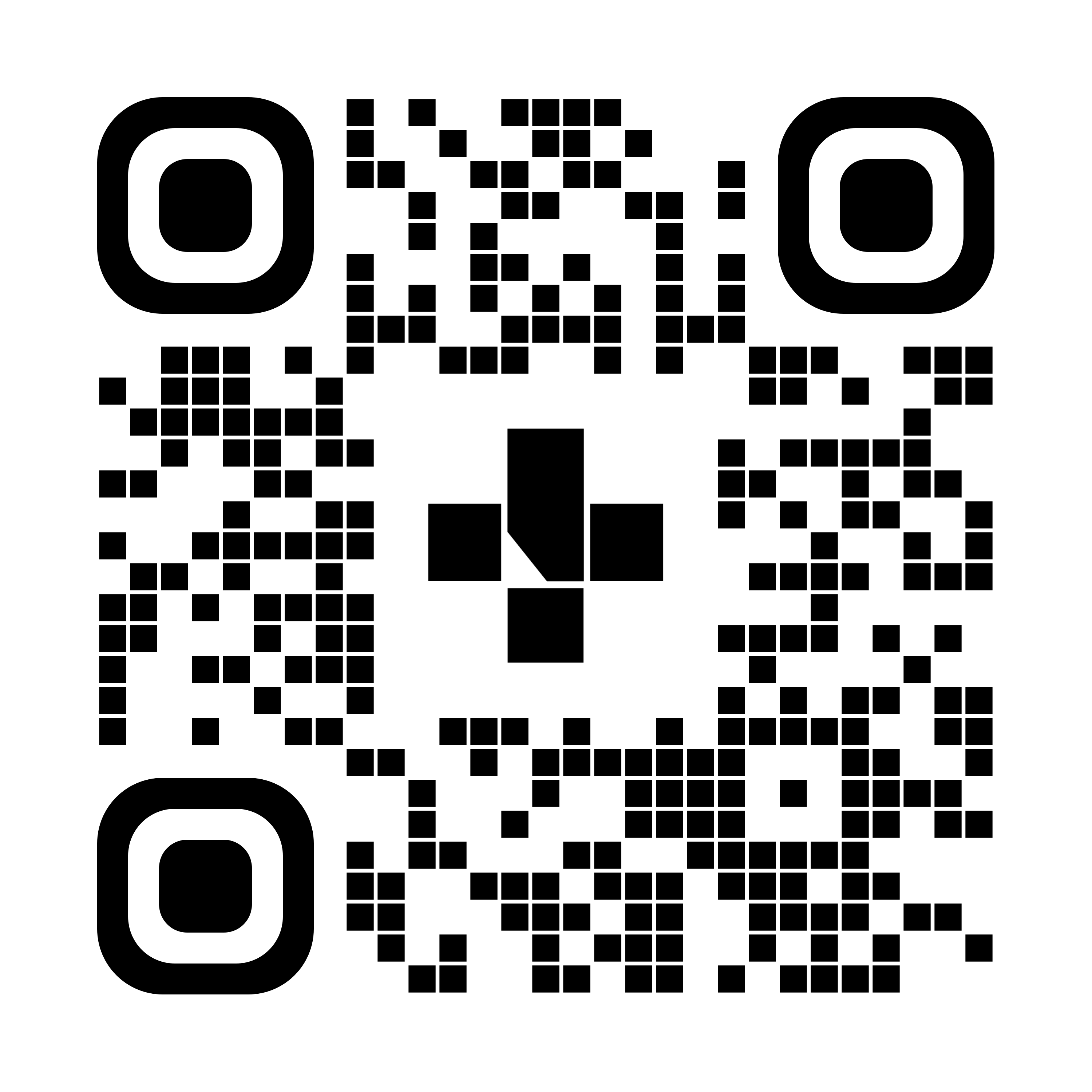Managing Your Miscarriage
Care instructions
A miscarriage is the loss of a pregnancy during the first 20 weeks. Most happen because the fertilized egg in the uterus doesn't develop normally. Miscarriages are very common.
Options to manage your miscarriage
Watchful waiting
For many people, the body completes the miscarriage on its own. If you don't have heavy blood loss, a fever, weakness, or other signs of infection, you can let a miscarriage follow its own course. This time of waiting, called expectant management, allows the miscarriage to end naturally while your health care provider watches for and treats any complications. It could take days or several weeks to complete.
Take medicine
Mifepristone and Misoprostol can be used to help the uterus pass the pregnancy tissue. The medicine gets the uterus ready and makes the uterus squeeze and empty. You can be at home during this process and the pregnancy usually passes in 1 to 2 days. The medicine may cause pain and side effects including headache, fever, nausea, vomiting, and diarrhea.
Have surgery
The surgery is called dilation and curettage (D&C). The doctor opens the cervix and removes tissue from the uterus. This procedure offers the quickest treatment for a miscarriage. You could have less bleeding than with medicine or no treatment. Surgery has risks including infection, uterine perforation (hole in the uterus), or scarring of the uterus. You’ll have sedation medicine that doesn’t require you to need a breathing tube. Most people won’t remember the procedure.
During your miscarriage
Bleeding will be similar to a heavy period. It is common to pass small clots.
You’ll have mild to severe cramping. The cramping can feel like labour pains. You can take over-the-counter pain medicine as soon as you start to feel cramping but shouldn’t take it before cramping starts. A hot water bottle or heating blanket may also be helpful.
You may see the pregnancy tissues. This may look blue, grey, white, black, or pink in colour. It is often firm and does not break apart easily when handled.
You may pass a recognizable baby, perhaps still in the sac.
Your breasts may be tender or leak fluid (due to pregnancy hormones). This should stop in a few days as your hormone levels return to normal.
After your miscarriage
It’s common to have bleeding after a miscarriage. Generally, it lasts 1 to 2 weeks, and it should get lighter with time. Your flow should change from period-like to spotting.
Your next period will usually come in 4 to 6 weeks.
It is recommended to have 1 normal period before your next pregnancy. This may not be the first period after your miscarriage. Continue to take a prenatal vitamin if you plan another pregnancy.
Until your bleeding stops, you should not have anything in your vagina. You can shower, but don’t go into hot tubs, swimming pools, or baths. Avoid sexual intercourse and vaginal douching. Use pads instead of tampons.
Ultrasounds aren’t recommended after a miscarriage unless heavy bleeding or cramping continues beyond 2 weeks.
This diagram of period or sanitary pads shows scant to heavy bleeding. Scant has only a small spot on it, light has blood or slightly less than a third of the pad, moderate covers about half the pad, and heavy shows blood on the whole pad.

Warning signs
Seek immediate medical attention if you experience any of the following:
- heavy bleeding (soaking a pad per hour for 2 hours in a row or soaking more than 1 pad per hour)
- abdominal pain not controlled with acetaminophen (Tylenol) or ibuprofen (Advil, Motrin)
- fever over 38°C (100.4°F)
- chills
- foul smelling discharge
More information
To learn more about this topic go to MyHealth.Alberta.ca, After Your Miscarriage.
To see this information online and learn more, visit https://MyHealth.Alberta.ca/health/aftercareinformation/pages/conditions.aspx?hwid=custom.ab _managing_your_miscarriage_inst.

For 24/7 nurse advice and general health information call Health Link at 811.
Current as of: June 6, 2024
Author: Women's Health, Alberta Health Services
This material is not a substitute for the advice of a qualified health professional. This material is intended for general information only and is provided on an "as is", "where is" basis. Although reasonable efforts were made to confirm the accuracy of the information, Alberta Health Services does not make any representation or warranty, express, implied or statutory, as to the accuracy, reliability, completeness, applicability or fitness for a particular purpose of such information. Alberta Health Services expressly disclaims all liability for the use of these materials, and for any claims, actions, demands or suits arising from such use.
